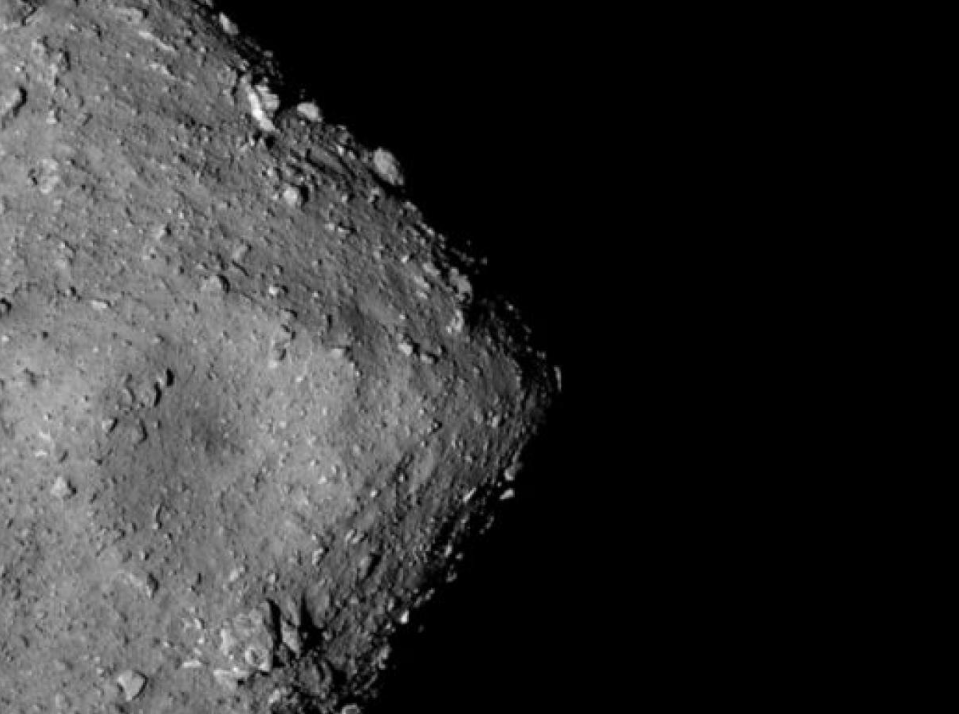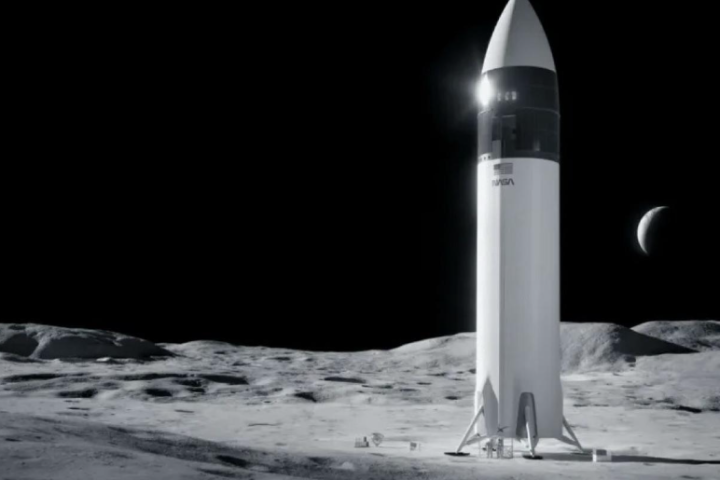Japan’s Jaxaspace agency is reportedly planning tests to reuse the Hayabusa2 spacecraft to prove it can intercept and deflect a fast-moving asteroid heading towards Earth.
The Hayabusa2 spacecraft, launched in 2014, landed twice on the 1999 JU3 asteroid, also called Ryugu, 300 million kilometers from Earth in 2018.
After studying the asteroid for nearly 18 months, the spacecraft also fired a projectile at the asteroid’s surface and collected the scattered samples, which were brought back to Earth in a capsule to be released in the Australian outback in 2020.
Scientists are still analyzing the samples sent back by the spacecraft to learn about the asteroid’s composition.
Meanwhile, Hayabusa2 is currently on an extended mission until 2026, flying towards asteroid 2001 CC21, which is about 500 meters in diameter and 12 million kilometers from Earth.
According to Jaxa, Hayabusa2 is scheduled to fly in 2031 near the 1998 KY26 asteroid, the size of a school bus, whose orbit intersects Earth’s orbit and is spinning rapidly.
“The ‘small and fast’ feature creates a very special physical environment near the asteroid’s surface because the centrifugal force from the spin exceeds the asteroid’s gravity,” Jaxa said, according to SCMP.
Jaxa hopes to study this asteroid because asteroids of this size collide with Earth every 100 to 1,000 years and can cause serious damage.
Jaxa hopes that tests on both of these flight missions will demonstrate the equivalent of the technology needed to crash a spacecraft into an asteroid.
“This kind of technology is equivalent to the technology needed to collide the spacecraft with the asteroid to adjust its orbit, making the flight mission one that can also contribute to planetary defense,” the Japanese space agency said in a statement.
This will be particularly challenging as Hayabusa2 was originally built for asteroid rendezvous and was not designed for flight missions involving remote observation of asteroids passing at high relative speeds.
On the 2026 mission, for example, asteroid 2001 CC21 and Hayabusa2 will pass each other at an extremely high speed of 5 kilometers per second (18,000 kilometers per hour), Jaxa said.
NASA has already shown that colliding a spacecraft with an asteroid can change its trajectory.
Launched in November 2021, the Dart, or Dual Asteroid Redirect Test, made a months-long journey to target the asteroid Dimorphos and hit it at 14,400 miles per hour (about 23,000 kilometers) in September last year.
NASA’s test demonstrated the potential of the kinetic collision technique to deflect asteroids that could one day threaten Earth.
Astronomers are also exploring ways to detonate nuclear devices on asteroids to move them away from a collision course with Earth.
Jaxa’s upcoming experiment can be added to these experiments to contribute to planetary defense.





